Why use opaque watercolor? The answer to me is that it allows me to paint with the same sequence as oils and build the lights on top of darks, which gives me some relief to the problem of traditional watercolors. In a transparent watercolor, once I loose the lights it is pretty hard to reclaim those highlights. Plus in opaque paintings I can get more density in the the lights and middle values. This will not appeal to the purist but I have been painting traditional watercolors for around 40 years and I find the opaque colors to be a nice change of pace.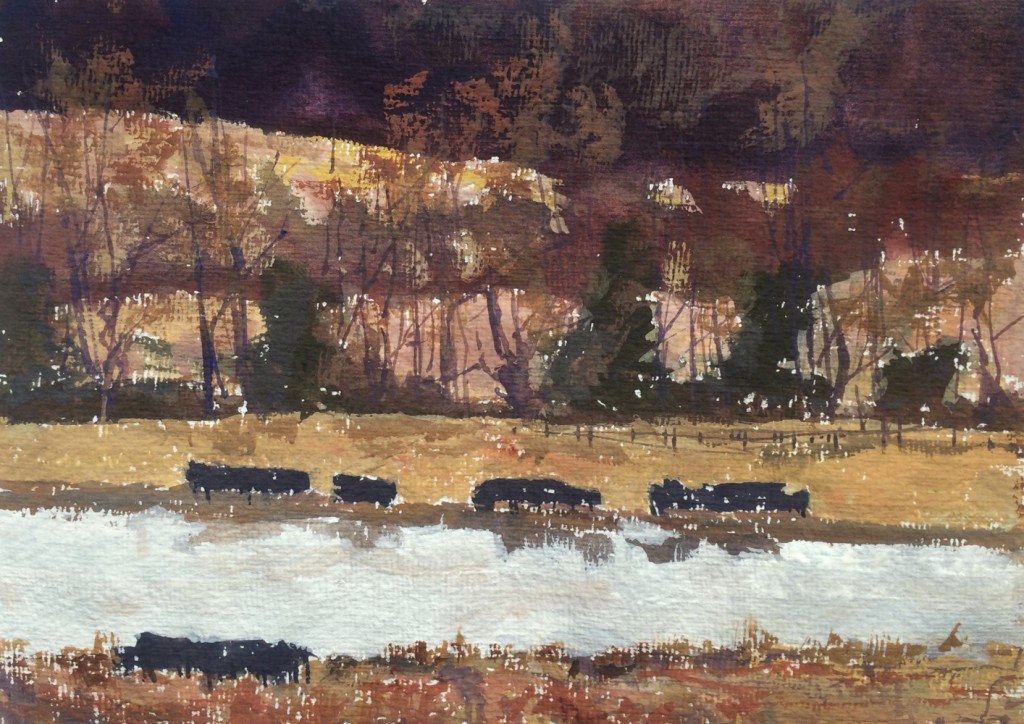
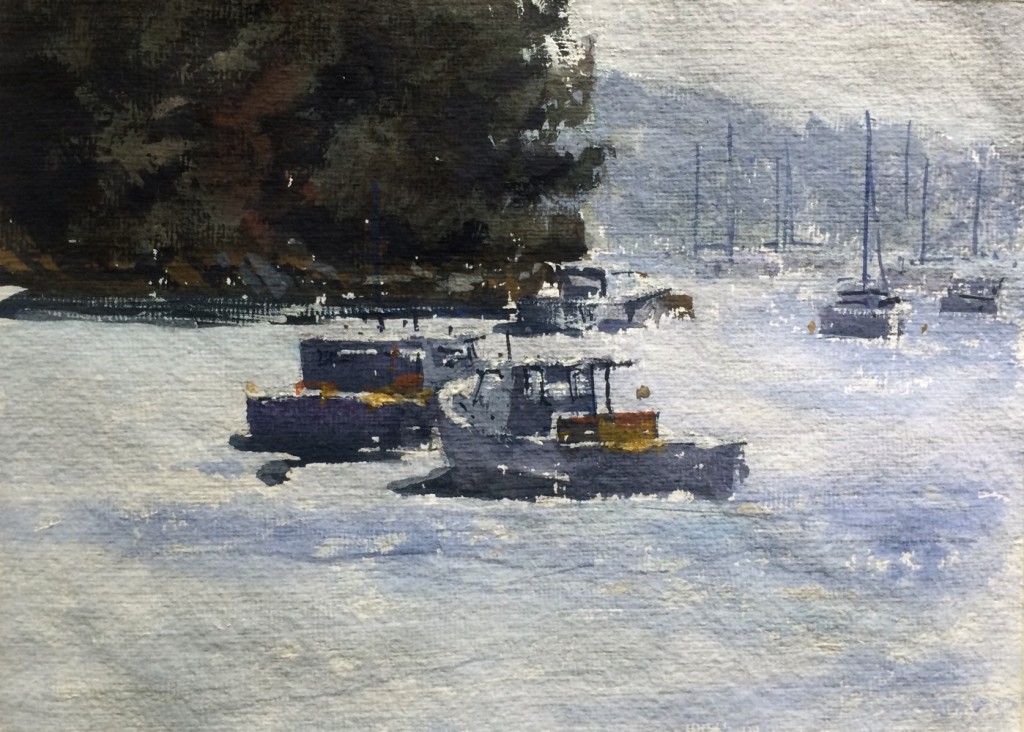
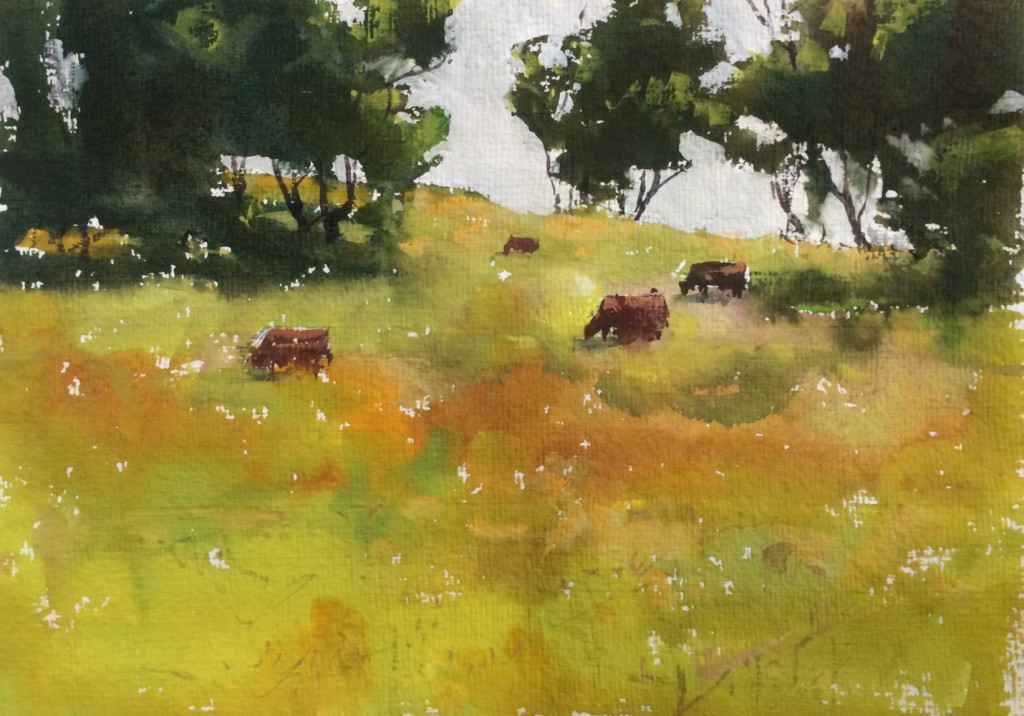 Several of the things you want to think about is using less water when applying the colors, and to establish the values fairly correct in the start of the painting. Then work light over dark with a fairly dry brush, and enliven the colors with strong accents. This is a fun medium because you can really play around in the lights and middle values to create volume that is hard to achieve in transparent washes.
Several of the things you want to think about is using less water when applying the colors, and to establish the values fairly correct in the start of the painting. Then work light over dark with a fairly dry brush, and enliven the colors with strong accents. This is a fun medium because you can really play around in the lights and middle values to create volume that is hard to achieve in transparent washes.
1 Comments on “In The Studio: Opaque Watercolor Paintings”
Leave a Reply Cancel reply
This site uses Akismet to reduce spam. Learn how your comment data is processed.
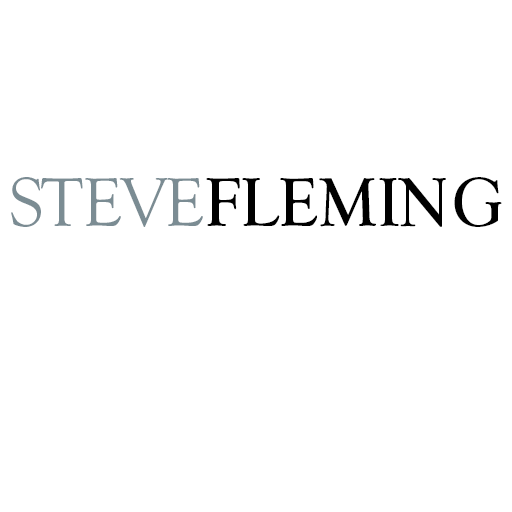
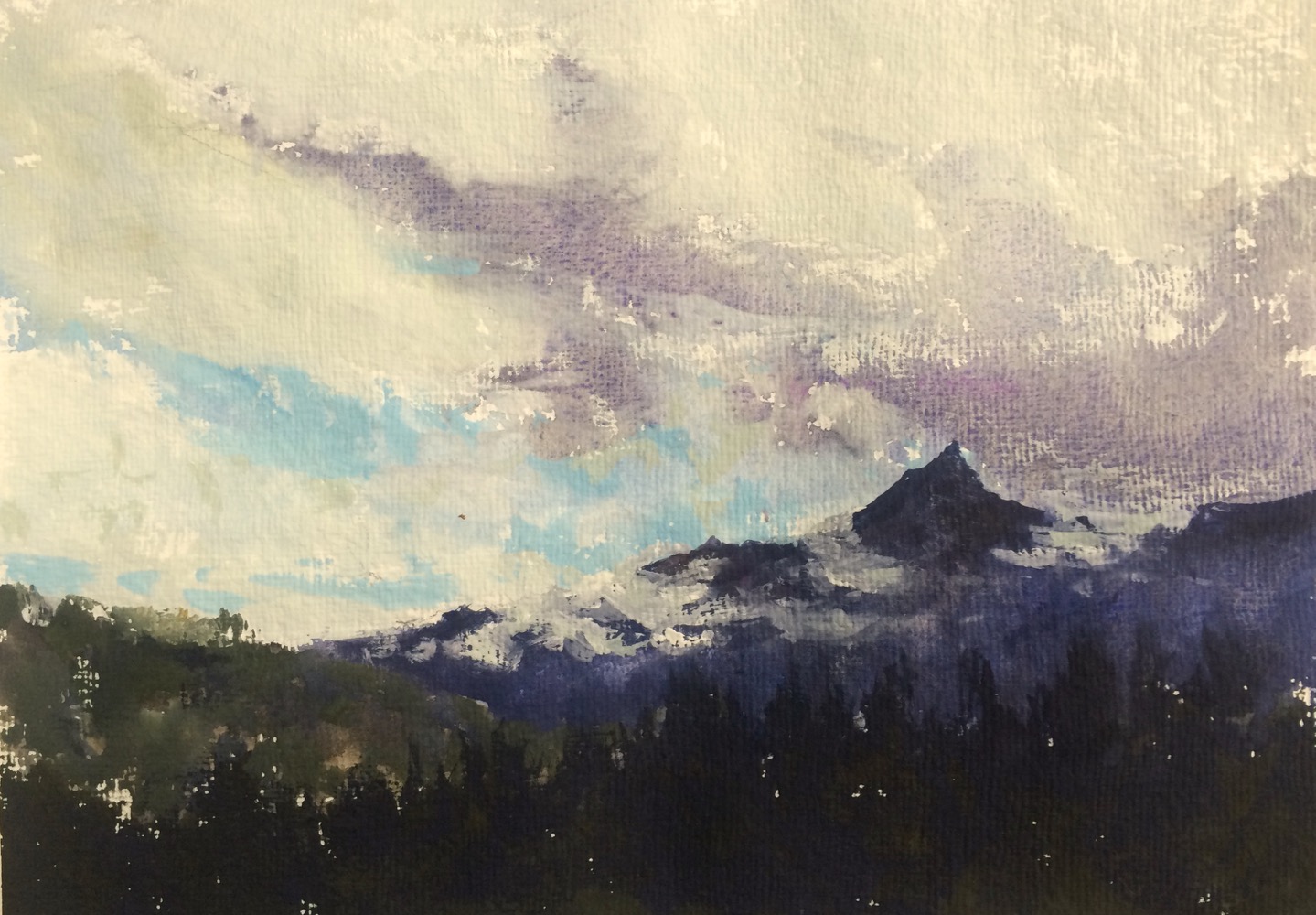

Dear Steve, I love to see you again in my email. This theme of opaque watercolor, which already you has showed a years ago, I have always been interested and appetizing take chance, so I am glad that you will go in and directing us. I can come up on questions like: Can we continue considering this technique as a watercolor? The traditional watercolor was it considered transparent, then, Is the opaque watercolor also transparent? and finally, can you present a work in opaque watercolor technique in a watercolor contest? Thank you, respectfully MERCEDES